Microbotulinum Injection Technique For Skin Rejuvenation
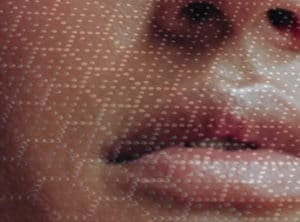
Researchers across Italy have discovered a novel microbotulinum injection technique for skin rejuvenation.
It involves injecting the face with approximately 150 micro-doses of diluted botulinum toxin. These “blebs” are spaced at one centimetre intervals into the superficial dermis following a grid pattern. Finger pressure keeps the skin taut whilst injecting from the forehead, to the cheeks, then jawline.
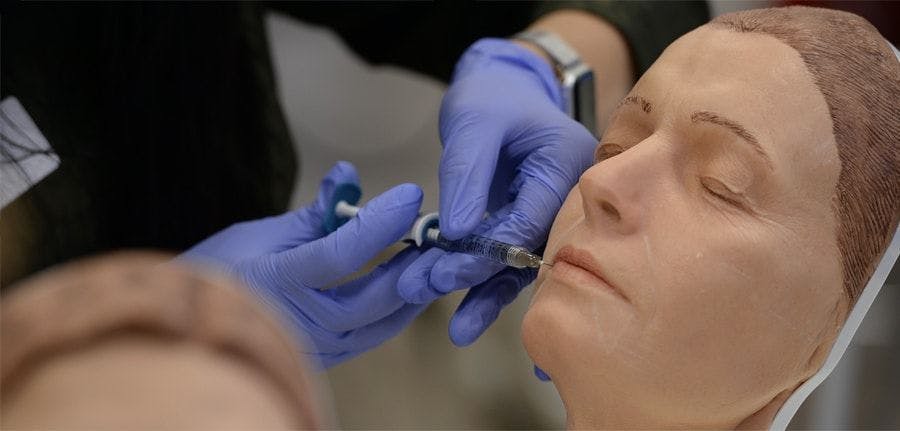
Cosmetic botox requires fewer injections than this, at a deeper level and with a higher concentration of the toxin. This is used in defined areas to target rhytides such as crows feet and frown lines, rather than to improve overall skin appearance.
This new injectable procedure aims to reduce fine lines and wrinkles in the face and neck. Smaller volumes of botulinum toxin are injected in an evenly-spaced matrix from the forehead down to the jawline. The research article states that doing so “targets the superficial fibres of the facial muscles and weakens their insertion into the undersurface of the skin”.
Methodology overview
Dr Alberto Diaspro, MSc, of the Rigeneralab Centre for Regenerative Medicine and his team conducted the small-scale pilot study. They recruited 62 volunteers, 60 of whom successfully completed the trial in 2018.
Of these participants, 54 were women aged between 28 and 64 years, 8 were men aged between 34 and 47 years.
Each was required to maintain their usual skincare regimen throughout the study and for four weeks prior to starting. This must not include any active anti-ageing products containing retinol, isotretinoin or oral acne medications.
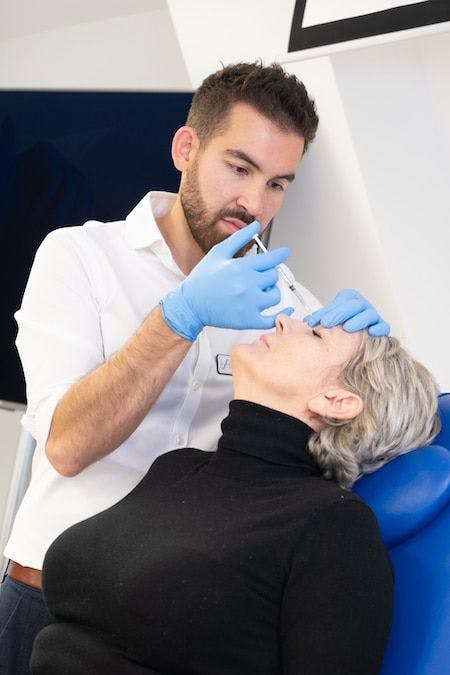
People who had aesthetic medicine treatments to the face or neck within the six months prior to baseline were excluded from this study. These included botulinum toxin, soft-tissue filler, laser, ultrasound and/or radiofrequency treatments.
The microbotulinum treatments were performed using 32-gauge needles with the bevels pointed downward.
Study author, Dr Diaspro, advises that a 125-US (Speywood units) vial of abobotulinum toxin A was reconstituted with 1.25 ml saline solution. “Then, 0.5 ml (50 US) was drawn into a 1-ml syringe and a further 0.5 ml of lidocaine (0.5%), or saline if the patient reported allergy to lidocaine, was added to the syringe to make it a 1-ml volume. This would give a concentration of 50 US/ml.”
The addition of lidocaine means the patient quickly becomes comfortable after the initial injection, so the number of injections required should not be off-putting. Where lidocaine is contraindicated, a topical anesthetic is recommended by the study authors.
“Care was taken to penetrate the needle into the skin as superficially as possible: a resistance was to be felt on pressing the plunger, and a small, raised, blanched bleb in the skin would be seen. In contrast, if the solution was easily injected, the needle had probably been inserted too deeply into the subdermal or intramuscular layer, which offers less resistance to diffusion of the injected liquid.”
Improved skin texture and pore size
This innovative approach produced objective improvements to skin texture, pore size and microroughness of approximately 20 per cent. A high definition “skin scanner” was used to measure these improvements.
A “smooth lustrous appearance of the skin caused by decreased sweating and sebaceous gland activity” was also noted. The study authors considered this secondary outcome “an aesthetic bonus”.
Additionally, a 95 per cent patient satisfaction rating (“satisfied” or “very satisfied”) was recorded 90 days post-treatment.
All 60 of the participants who completed the trial rated their skin texture, microroughness and pore size as “improved”.
Study authors’ blind evaluations concluded that the treatment’s effects on skin roughness and fine lines could last between 30 and 120 days.
Researchers found the best results were seen in patients between 42.7 and 46.8 years of age. They, therefore, recommend this form of botox micro-dosing to patients aged between 36.5 and 53 years.
In terms of adverse events, five patients reported injection-point ecchymosis.
The full pilot study article on microbotulinum injection technique appears in the November 2020 issue of Plastic and Reconstructive Surgery. As this is the American Society of Plastic Surgeons’ official medical journal, it has garnered a lot of attention.
Advanced aesthetic treatment
“I think it’s a really interesting new way of using botulinum toxin,” says Harley Academy’s Dr Marcus Mehta. “It certainly goes hand-in-hand with the consumer trend of seeking more natural results rather than looking ‘frozen’.
Although it is ‘less invasive’, it’s worth noting that this is definitely still an advanced aesthetic treatment. It has the potential to cause side effects such as drooping of the mouth or asymmetry if not administered correctly.
Another concern, for me, would be that it wouldn’t last long enough with the tiny dose used. The study doesn’t really follow up with longevity so that’s something to explore in more detail.
Overall though, I think it’s an exciting evolution of botox treatment and I might just give it a go soon!”
As Dr Mehta advises, microbotulinum techniques are advanced aesthetics treatments but they’re certainly something to look forward to exploring once you are a qualified and confident injector!
All information correct at the time of publication
Download our full prospectus
Browse all our injectables, dermal fillers and cosmetic dermatology courses in one document
By submitting this form, you agree to receive marketing about our products, events, promotions and exclusive content. Consent is not a condition of purchase, and no purchase is necessary. Message frequency varies. View our Privacy Policy and Terms & Conditions
Attend our FREE open evening
If you're not sure which course is right for you, let us help
Join us online or in-person at our free open evening to learn more
Our Partners


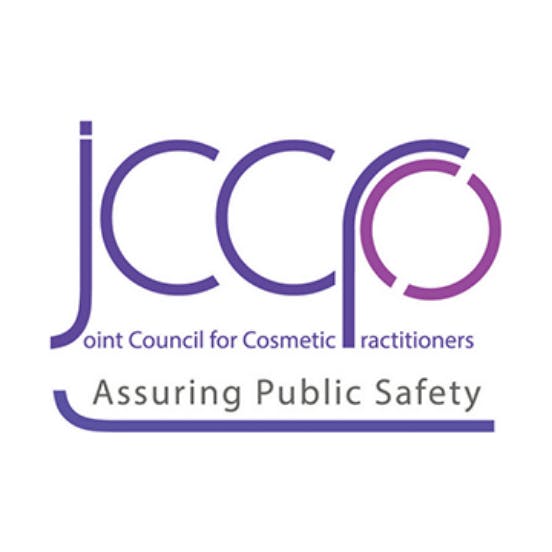



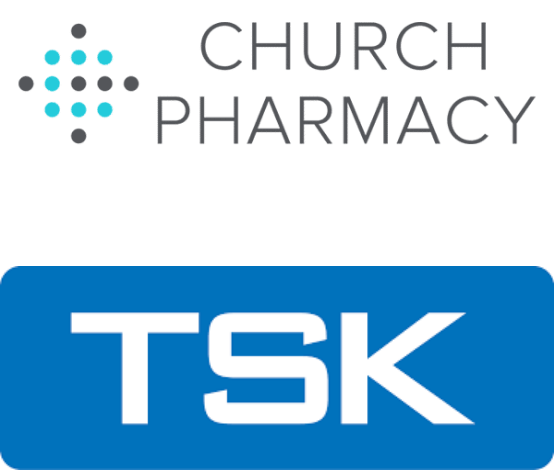
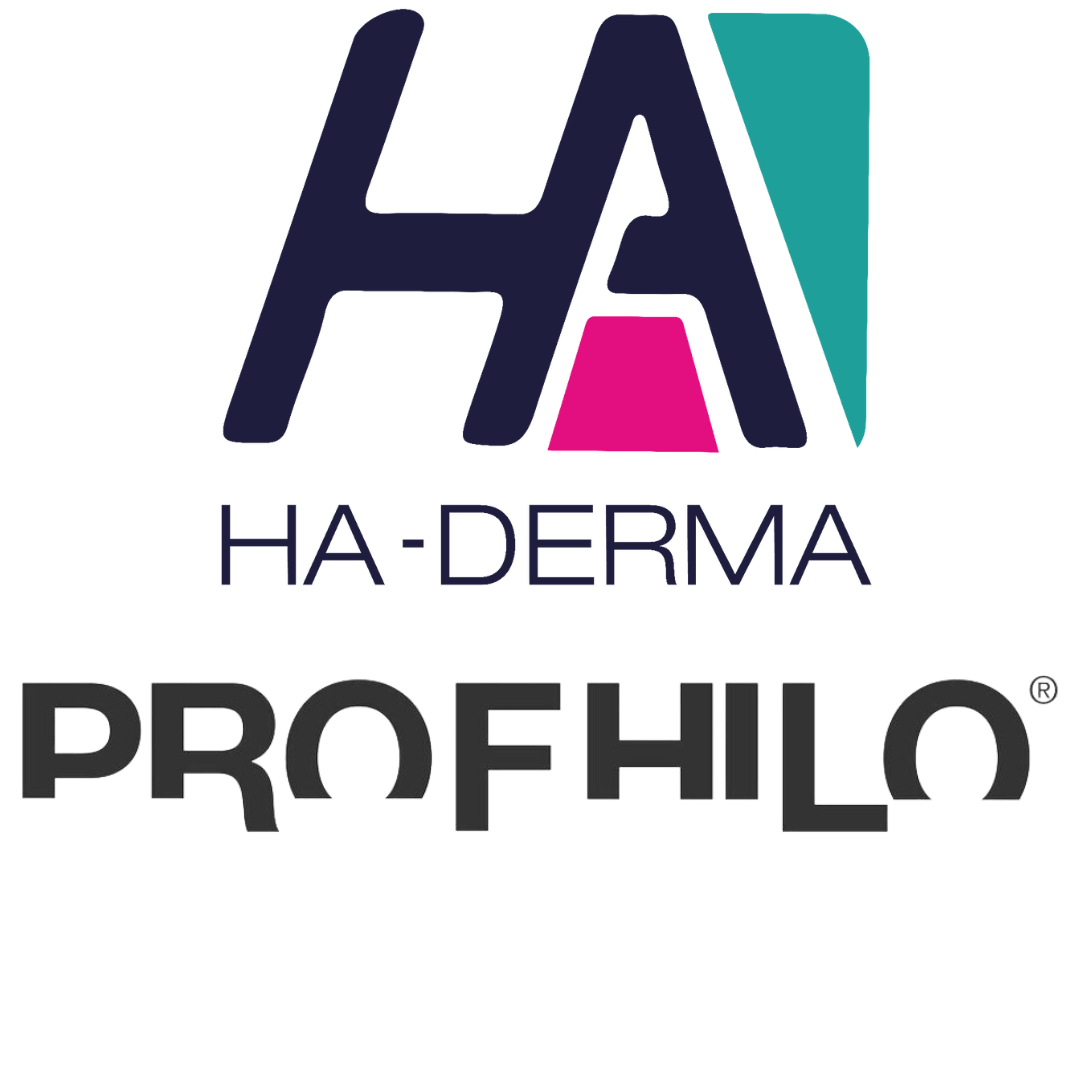
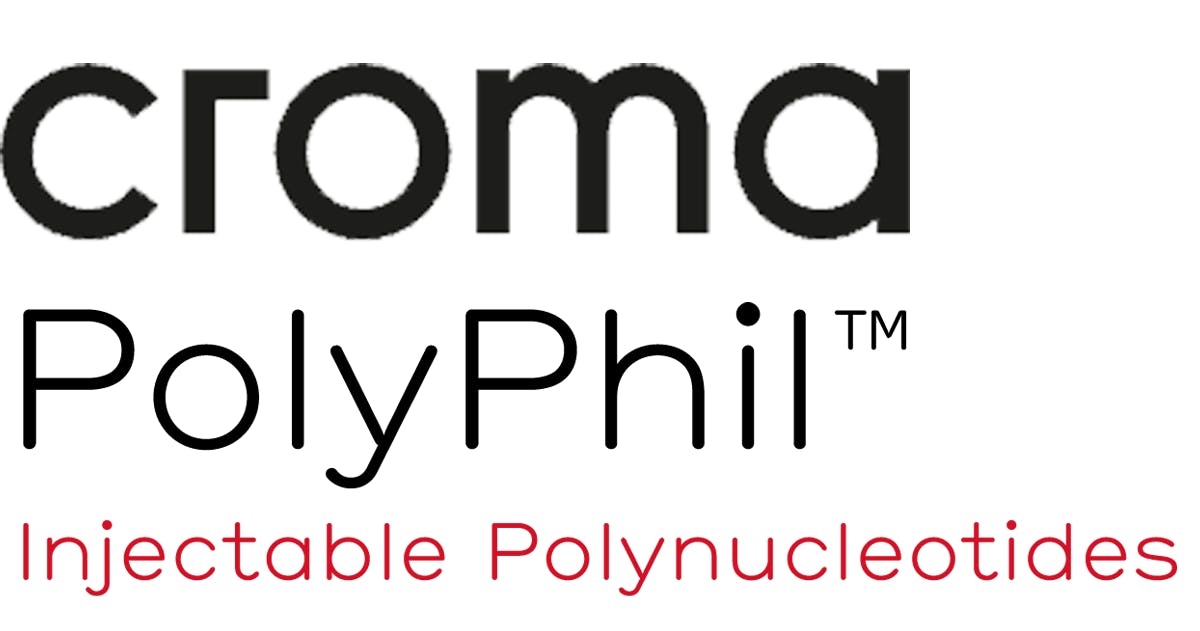



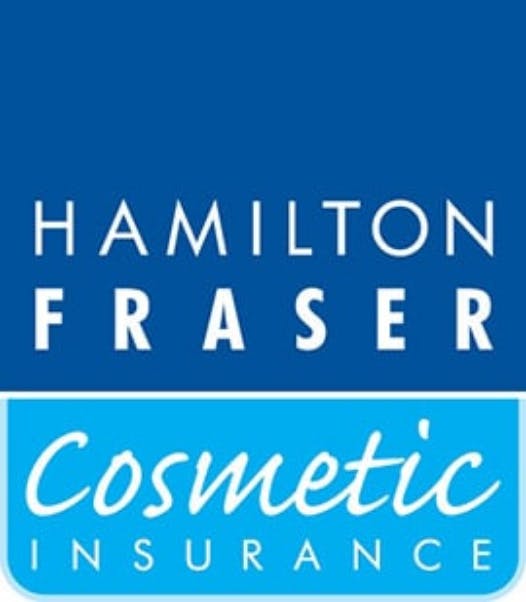
STAY INFORMED
Sign up to receive industry news, careers advice, special offers and information on Harley Academy courses and services

